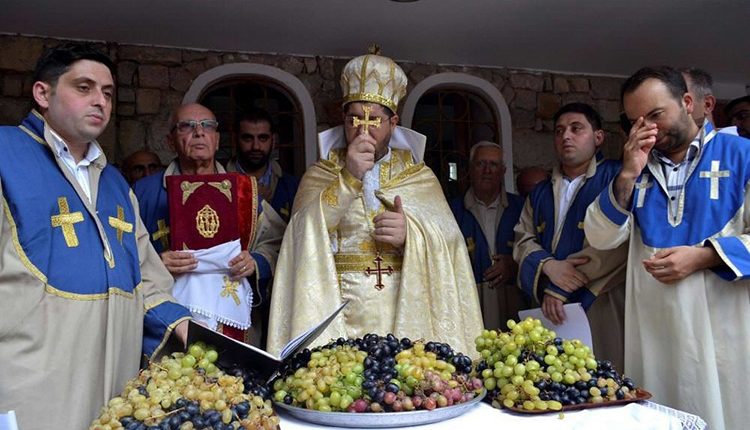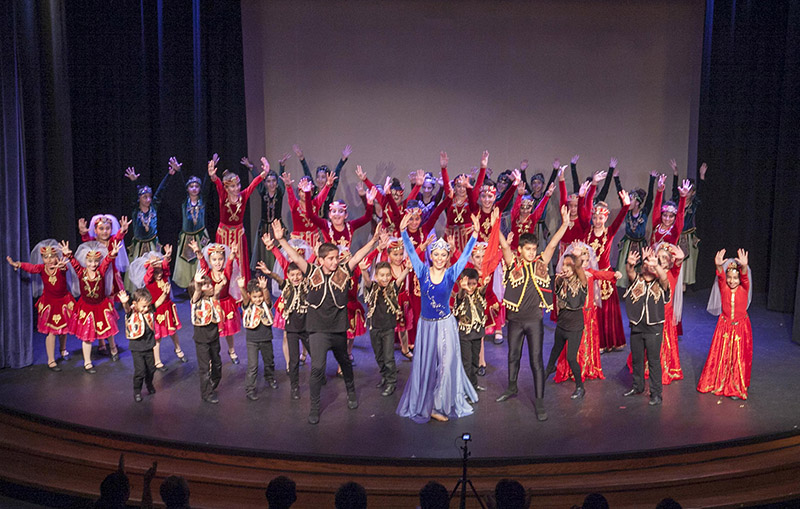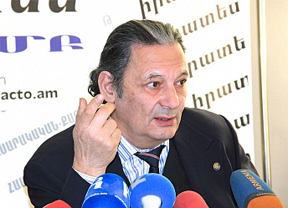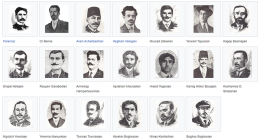THE GUARDIAN — Vakifli, a village in Hatay, the small wedge of Turkey sandwiched between the Mediterranean and the border with Syria, has the melancholy honour of being known as the country’s “last Armenian village”.
These days, it is home to just 100 people, but Vakifli’s orange groves and traditional stone houses are rich with history. Every summer, thousands of visitors in search of a connection to their Armenian past descend on the tiny village to visit its church, buy locally made jams and soap, and listen to the West Armenian dialect.
Lora Baytar, a journalist and art historian, decided a long time ago she wanted to create a dedicated exhibition space to celebrate the local Armenian culture. After five years of work, Vakifliköy Museum – the first such undertaking in Turkey – has just opened its doors.
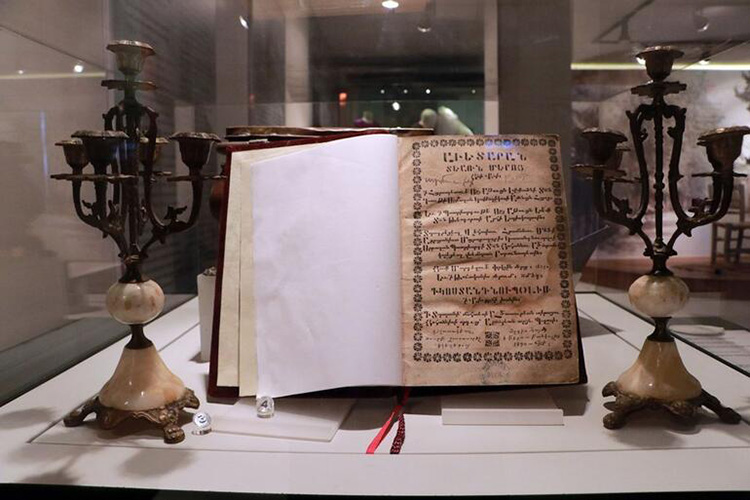

“Visitors to Vakifli just come for the day, they take a picture of the church, and they leave again,” she said. “I wanted to give people the opportunity to really understand and preserve our heritage.”
Turkey’s reckoning with the past is long overdue: the government still refuses to recognise the events of 1915, in which up to 1.5 million Armenians were killed, as a genocide.
Vakifli’s community is descended from Armenians who successfully resisted the Ottoman army’s attacks. The area’s 4,200 residents retreated to the nearby Mount Musa, holding out for 53 days before being rescued and evacuated by allied warships to Port Said in Egypt. When the first world war ended, they returned home.
Baytar and her husband, Cem Çapar, are part of Vakifli’s church foundation, which maintains the village buildings, but the couple realised they’d need outside help and a much bigger budget for the museum.
A first application for funding in 2015, made with the help of the Hrant Dink Foundation, didn’t lead anywhere, but a second attempt in 2018, with support from the nearby Hatay Archaeology Museum and the Armenian Patriarchate in Istanbul, successfully won a government grant.
Vakifli’s residents then recorded oral history interviews and donated objects including clothes, traditional lacework, jewellery and photographs to create what Baytar calls a “story-driven” experience for visitors to the space in the existing cultural centre.
Sections focus on religious traditions, cultural celebrations such as harisa, the summer grape festival, the impact of migration on the Armenian community and unique local architectural and agricultural practices.
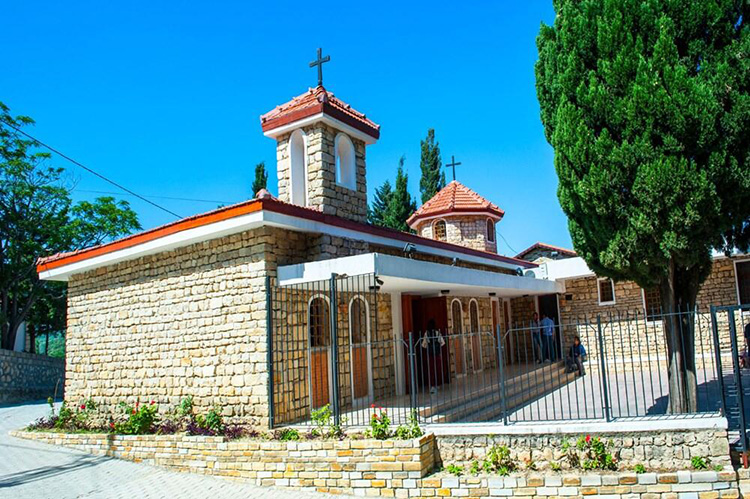

Baytar is particularly fond of a donation box from the now-destroyed Armenian church in Mersin, and a wedding dress and songbook from the 1920s owned by local figures.
The Covid-19 crisis has delayed the official opening until the end of the year, or possibly next summer, but Baytar and Çapar are keen to welcome visitors before that.
“Vakifliköy Museum shows the visitor how villagers speak, our beliefs, how we celebrate holidays, what we eat, how we succeed in agriculture and architecture, marriage traditions, music, photos, human and migration stories,” Baytar said.
“When people come now they won’t just leave with one photograph. Their memories will be filled the same way ours are.”

